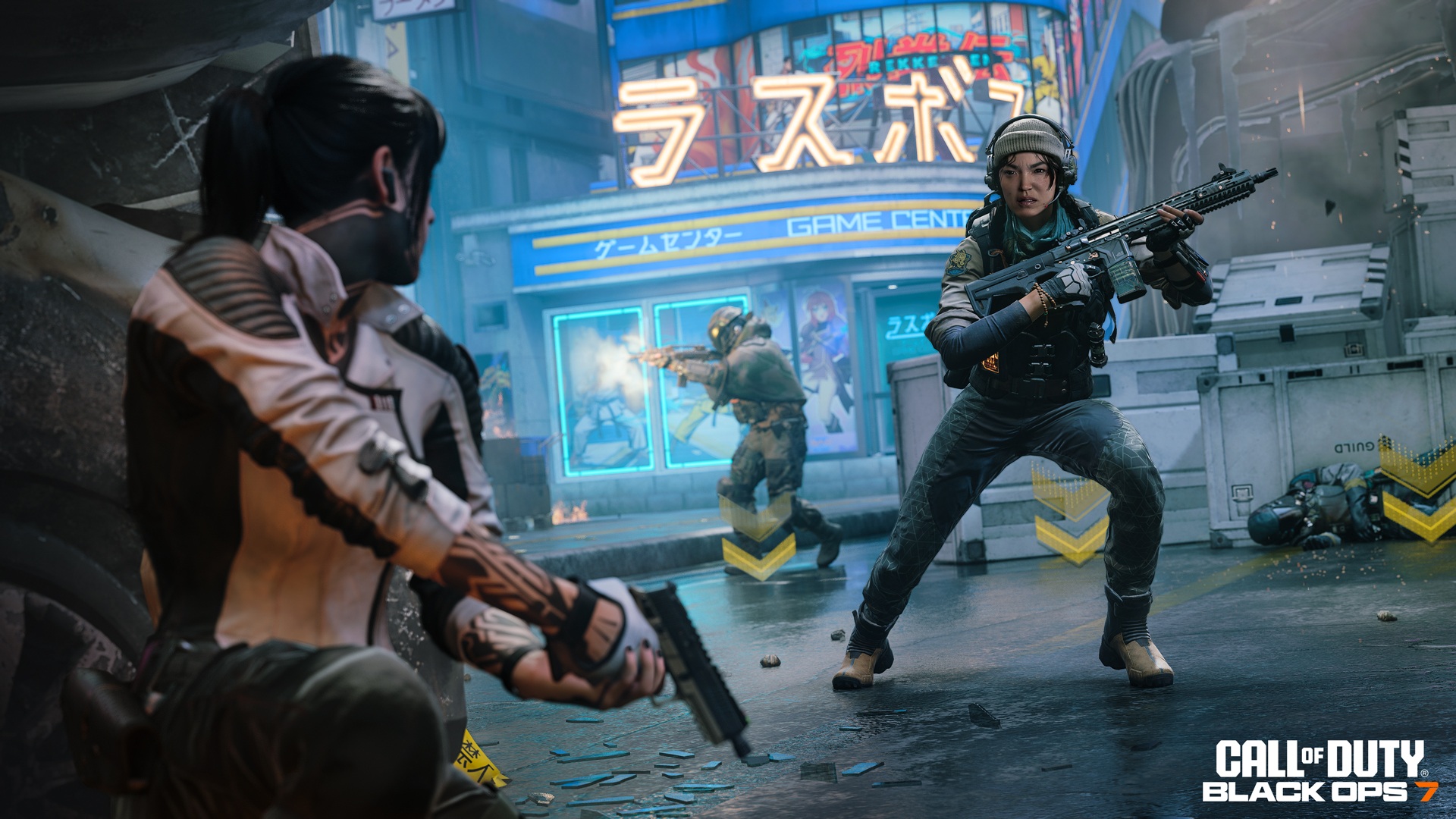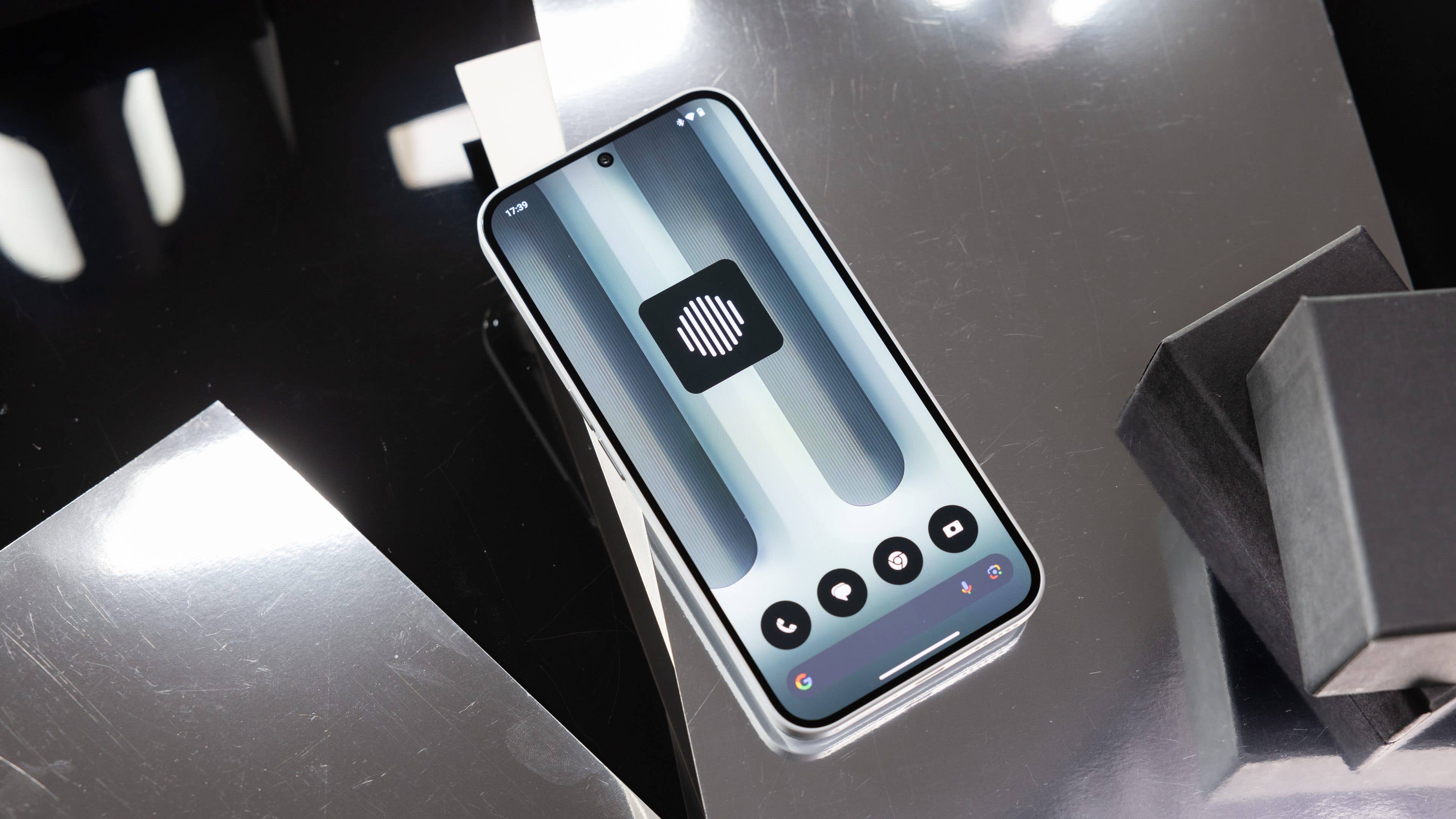
One of the things that made Black Ops 6 Multiplayer stand out was introducing a new way for players to move through the maps with Omnimovement – a feature that allows you to sprint, slide, and dive in any direction with a full 360-degress range of motion. It was perhaps one of the biggest game changers to come to Multiplayer in years. New for Black Ops 7 will be wall jumps, which have given matches an even greater level of verticality and speed, in addition to a refined version of Omnimovement. When the crafting process starts, I wanted to know at which point do these new and distinct gameplay features play a role in how a map is built – is it from inception or later in the process?
“I think it can be both, but usually it’s from inception,” Scronce tell me. “Where a map like Blackheart, for example, which was in the Beta, that map has wall jumps that go over a grinder. So, for sure, new mechanics are considered. I think, when everything turns out the best is when everybody’s kind of aware and driving towards the same goal. But there are maps where you start playing them, and then you’re like, ‘Oh, it’d be really cool if I could do this…’ That might not be a wall jump opportunity, but perhaps a sneaky, clever opportunity. Maybe we’ll put a piece of plywood down to tell you that you can jump here, and the team will shape it a little bit more.”
“When we’re looking at stuff and talking about different maps, before they’re even starting paper design, it’s like, ‘What’s the intention of this map?’” adds Miller. “Do we want it to be a big map, but [have] the engagements be close? What are the goals? And some of it could be we want this to be a map where it’s about finding flank routes and moving constantly, versus a map where it’s about finding good cover, posting up, and kind of head-to-head battles.”
No player wants every map to play the same way, which circles back to how features like Omnimovement and wall jumps can feed into making each of these maps feel distinct, whether they are leaning into these new features or not. “You can kind of learn from that in the design. And then, of course, the community figures out other ways of being successful in maps… and we make changes,” Miller says.
One of the things that made Black Ops 6 Multiplayer stand out was introducing a new way for players to move through the maps with Omnimovement – a feature that allows you to sprint, slide, and dive in any direction with a full 360-degress range of motion. It was perhaps one of the biggest game changers to come to Multiplayer in years. New for Black Ops 7 will be wall jumps, which have given matches an even greater level of verticality and speed, in addition to a refined version of Omnimovement. When the crafting process starts, I wanted to know at which point do these new and distinct gameplay features play a role in how a map is built – is it from inception or later in the process?
“I think it can be both, but usually it’s from inception,” Scronce tell me. “Where a map like Blackheart, for example, which was in the Beta, that map has wall jumps that go over a grinder. So, for sure, new mechanics are considered. I think, when everything turns out the best is when everybody’s kind of aware and driving towards the same goal. But there are maps where you start playing them, and then you’re like, ‘Oh, it’d be really cool if I could do this…’ That might not be a wall jump opportunity, but perhaps a sneaky, clever opportunity. Maybe we’ll put a piece of plywood down to tell you that you can jump here, and the team will shape it a little bit more.”
“When we’re looking at stuff and talking about different maps, before they’re even starting paper design, it’s like, ‘What’s the intention of this map?’” adds Miller. “Do we want it to be a big map, but [have] the engagements be close? What are the goals? And some of it could be we want this to be a map where it’s about finding flank routes and moving constantly, versus a map where it’s about finding good cover, posting up, and kind of head-to-head battles.”
No player wants every map to play the same way, which circles back to how features like Omnimovement and wall jumps can feed into making each of these maps feel distinct, whether they are leaning into these new features or not. “You can kind of learn from that in the design. And then, of course, the community figures out other ways of being successful in maps… and we make changes,” Miller says.






